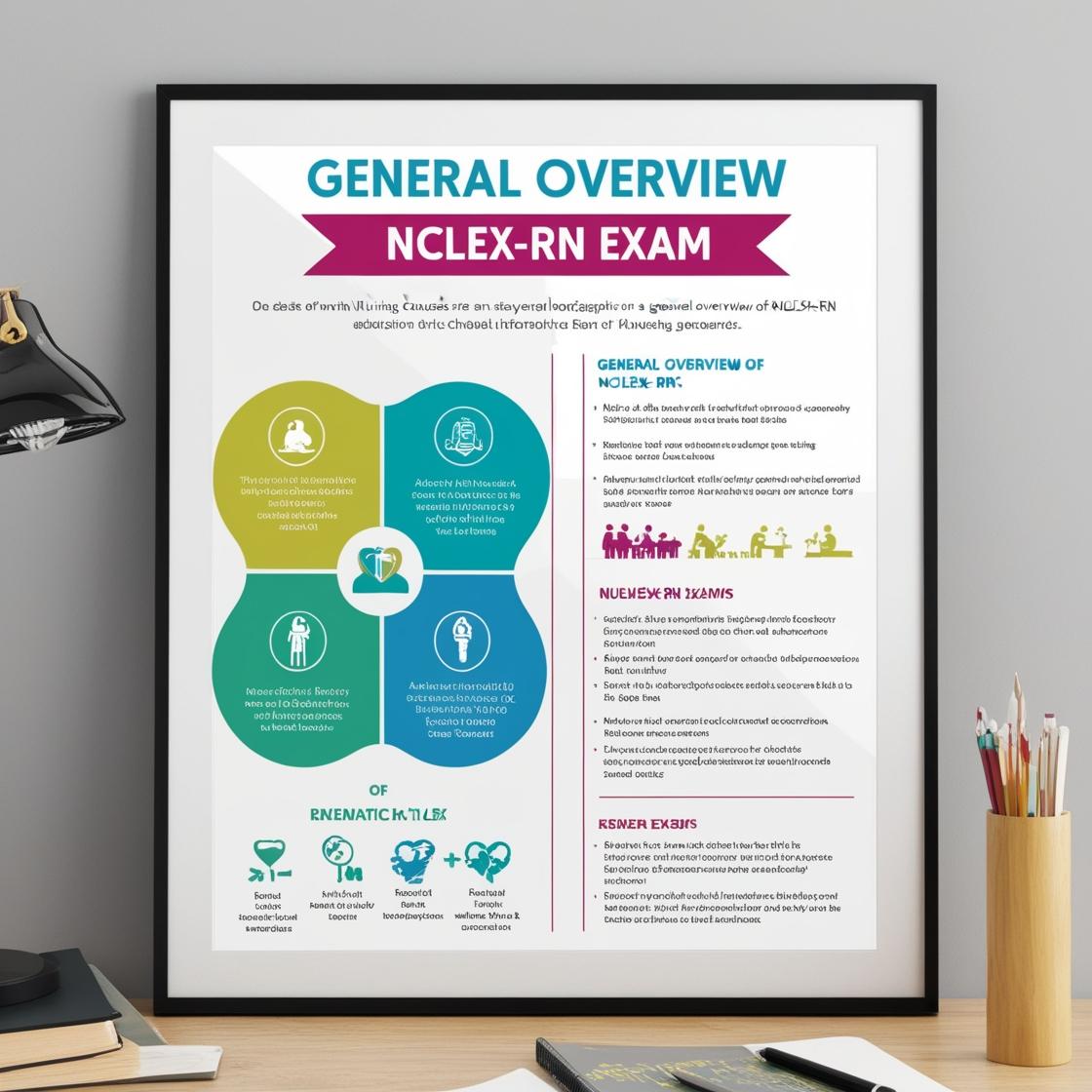NCLEX-RN
NCLEX RN Exam Questions
1. Which goal has the highest priority in the plan of care for a 26-year-old homeless patient admitted with viral hepatitis who has severe anorexia and fatigue?
- A. Increase activity level.
- B. Maintain adequate nutrition
- C. Establish a stable environment
- D. Identify sources of hepatitis exposure
Correct answer: B
Rationale: The highest priority outcome is to maintain adequate nutrition because it is essential for hepatocyte regeneration. In viral hepatitis, the liver is affected, and proper nutrition supports the liver's function and regeneration. While increasing activity level and establishing a stable environment are important, they are not as urgent as ensuring the patient receives proper nutrition. Identifying sources of hepatitis exposure can help prevent future infections, but in the acute phase, the immediate focus should be on providing adequate nutrition to support the patient's recovery.
2. A client is scheduled for an Intravenous Pyelogram (IVP). In order to prepare the client for this test, the nurse would:
- A. Instruct the client to maintain a regular diet the day prior to the examination.
- B. Restrict the client's fluid intake 4 hours prior to the examination.
- C. Administer a laxative to the client the evening before the examination.
- D. Inform the client that only 1 x-ray of his abdomen is necessary.
Correct answer: C
Rationale: The correct preparation for an Intravenous Pyelogram (IVP) involves administering a laxative to the client the evening before the examination. This is crucial to ensure adequate bowel preparation, which in turn allows for better visualization of the bladder and ureters during the procedure. An IVP is an x-ray exam that utilizes contrast material to evaluate the kidneys, ureters, and bladder, aiding in the diagnosis of conditions like blood in the urine or pain in the side or lower back. Administering a laxative helps in achieving optimal imaging quality, which is essential for accurate diagnosis and subsequent treatment planning. Choice A is incorrect because maintaining a regular diet is not the standard preparation for an IVP. Choice B is incorrect as fluid intake is not typically restricted for this procedure. Choice D is incorrect as an IVP involves multiple x-rays to assess the urinary system, not just one of the abdomen.
3. Which finding indicates to the nurse that a patient's transjugular intrahepatic portosystemic shunt (TIPS) placed 3 months ago has been effective?
- A. Increased serum albumin level
- B. Decreased indirect bilirubin level
- C. Improved alertness and orientation
- D. Fewer episodes of bleeding varices
Correct answer: D
Rationale: The correct answer is 'Fewer episodes of bleeding varices.' A transjugular intrahepatic portosystemic shunt (TIPS) is used to reduce pressure in the portal venous system, thus decreasing the risk of bleeding from esophageal varices. This outcome would indicate the effectiveness of the TIPS procedure. The other choices are incorrect because: Increased serum albumin level and decreased indirect bilirubin level are not direct indicators of TIPS effectiveness. Improved alertness and orientation could be influenced by various factors and may not directly correlate with the effectiveness of the TIPS procedure. Additionally, TIPS can actually increase the risk of hepatic encephalopathy, which contradicts the choice of improved alertness and orientation.
4. What is the priority nursing diagnosis for a patient experiencing a migraine headache?
- A. Acute pain related to biologic and chemical factors
- B. Anxiety related to change in or threat to health status
- C. Hopelessness related to deteriorating physiological condition
- D. Risk for side effects related to medical therapy
Correct answer: A
Rationale: The priority nursing diagnosis for a patient experiencing a migraine headache is 'Acute pain related to biologic and chemical factors.' Migraine headaches are characterized by severe throbbing pain, often accompanied by sensitivity to light and sound. Addressing the acute pain is crucial to improve the patient's comfort and quality of life. Choices B, C, and D are not the priority nursing diagnoses for a patient with a migraine headache. Anxiety, hopelessness, and risk for side effects may not be as urgent as managing the acute pain associated with a migraine.
5. Which finding would necessitate an immediate change in the therapeutic plan for a patient with grade 2 hepatic encephalopathy?
- A. Weight loss of 2 lb (1 kg)
- B. Positive urine pregnancy test
- C. Hemoglobin level of 10.4 g/dL
- D. Complaints of nausea and anorexia
Correct answer: B
Rationale: A positive urine pregnancy test would require an immediate change in the therapeutic plan for a patient with grade 2 hepatic encephalopathy due to the teratogenic effects of ribavirin. Ribavirin needs to be discontinued immediately to prevent harm to the fetus. The other options, weight loss, hemoglobin level, and complaints of nausea and anorexia, are common adverse effects of the prescribed regimen and may necessitate interventions such as patient education or supportive care, but they would not mandate an immediate cessation of therapy as in the case of a positive pregnancy test.
Similar Questions

Access More Features
NCLEX RN Basic
$69.99/ 30 days
- 5,000 Questions with answers
- Comprehensive NCLEX coverage
- 30 days access @ $69.99
NCLEX RN Premium
$149.99/ 90 days
- 5,000 Questions with answers
- Comprehensive NCLEX coverage
- 30 days access @ $149.99
